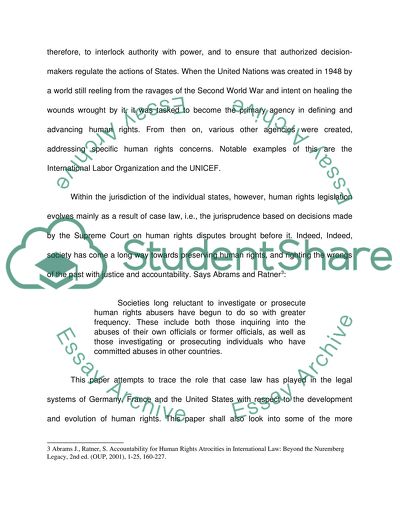Cite this document
(“Comparative Analysis of German, French and American Human Rights Law Essay”, n.d.)
Retrieved from https://studentshare.org/law/1394313-comparative-analysis-of-german-french-and-american-human-rights-law
Retrieved from https://studentshare.org/law/1394313-comparative-analysis-of-german-french-and-american-human-rights-law
(Comparative Analysis of German, French and American Human Rights Law Essay)
https://studentshare.org/law/1394313-comparative-analysis-of-german-french-and-american-human-rights-law.
https://studentshare.org/law/1394313-comparative-analysis-of-german-french-and-american-human-rights-law.
“Comparative Analysis of German, French and American Human Rights Law Essay”, n.d. https://studentshare.org/law/1394313-comparative-analysis-of-german-french-and-american-human-rights-law.


